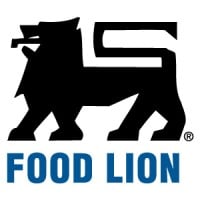
Barnes & Noble, Inc.
Barnes & Noble proudly serves America with approximately 600 bookstores across all fifty states, and are busy opening newly designed stores in communities nationwide. We are an innovator in publishing, retail, and digital media, including our award-winning NOOK® products and an expansive collection of digital reading and entertainment content. We welcome creative, dedicated, and service-oriented team members who are passionate about being an integral part of our dynamic community and helping it thrive. Whether your expertise is in retail, merchandising, publishing, marketing, technology, or finance, we have a place for you at Barnes & Noble.






